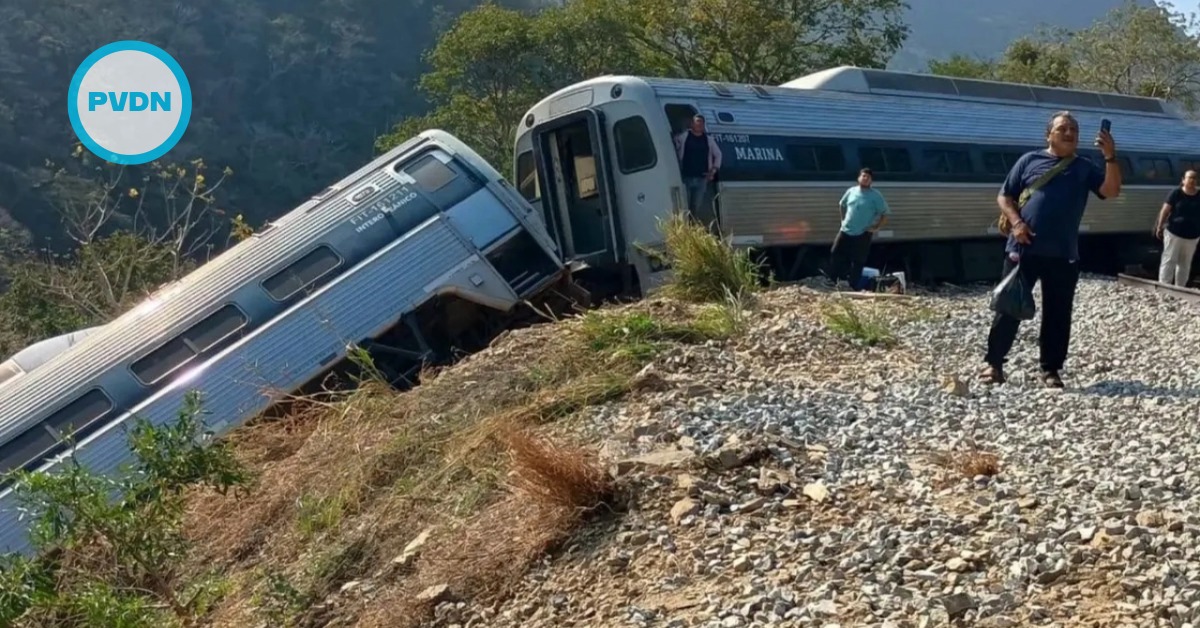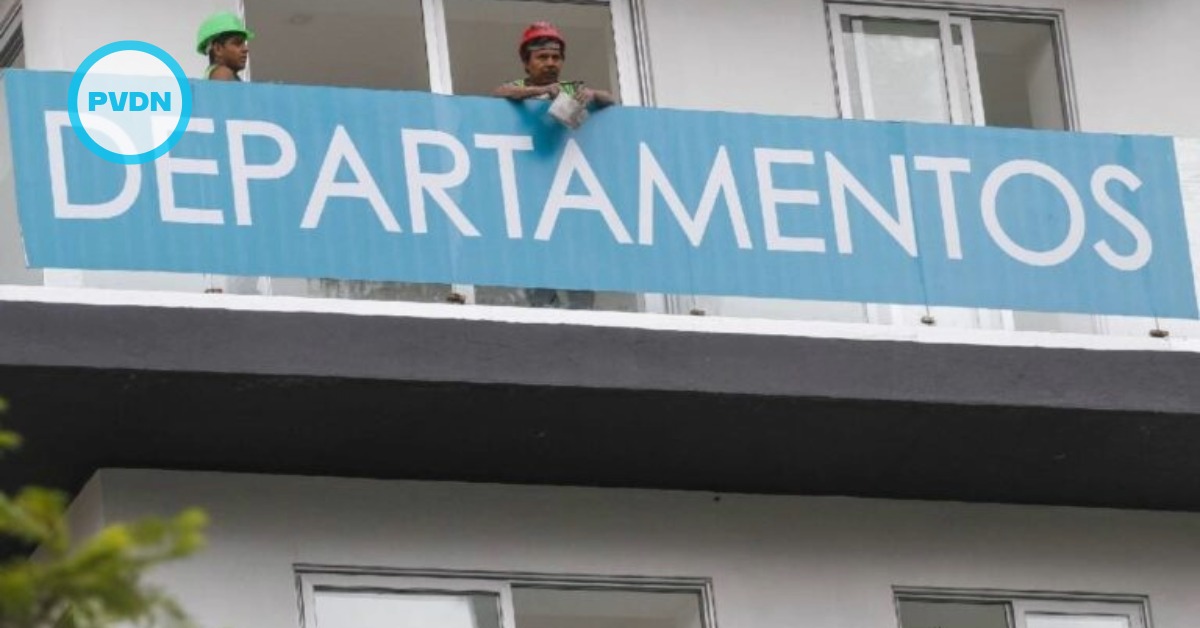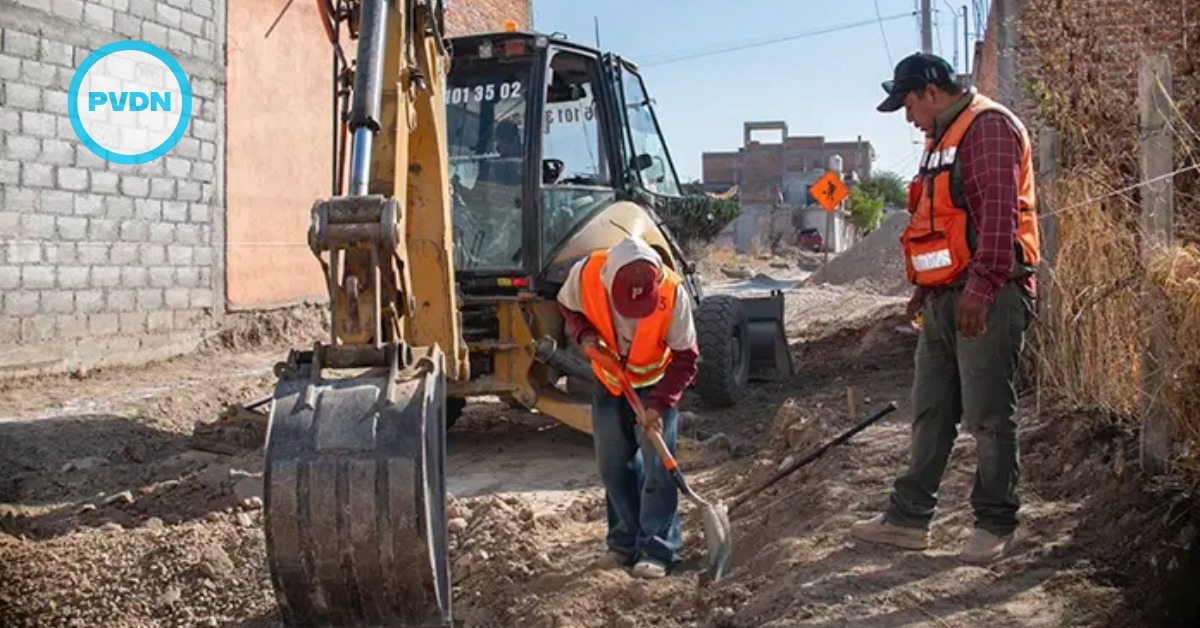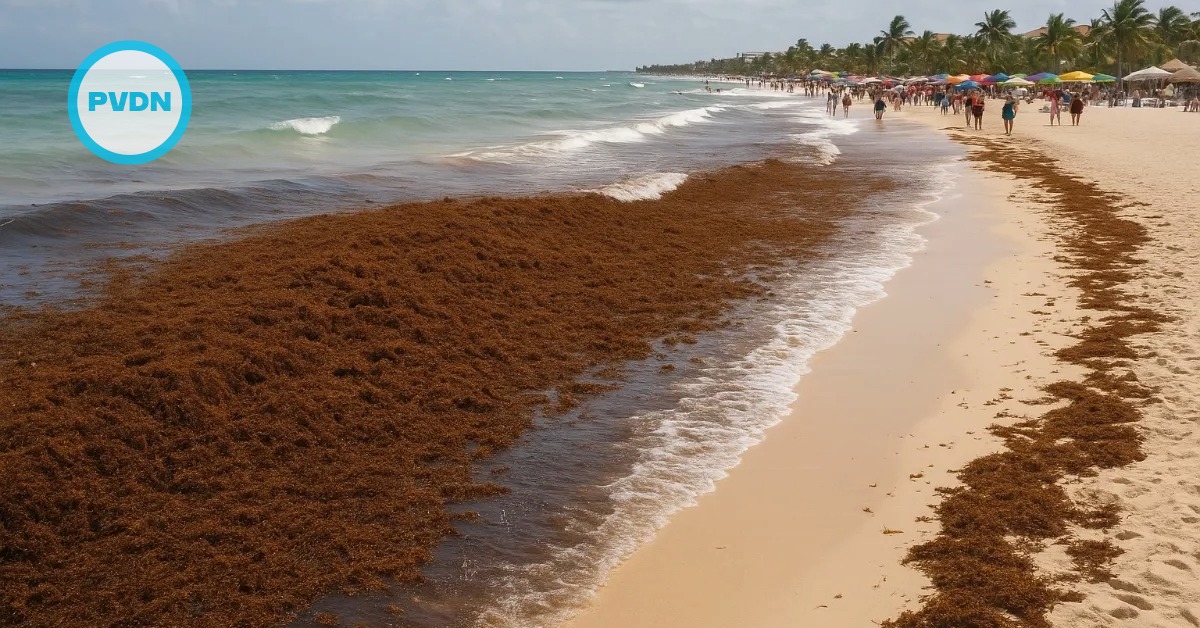A magnitude 7.1 earthquake jolted Southern California and was felt as far away as Mexico Friday night, but no major damage was reported.
The quake would be the largest temblor in the region in 20 years and was centered in the same area as a 6.4 quake that hit a day earlier. A 7.1 quake is 11 times stronger than a 6.4.
The shaker at 8:19 p.m. was centered 11 miles from Ridgecrest, a Mojave Desert town 150 miles (240 kilometers) away from Los Angeles that saw building damage, fires and several injuries from . . .






